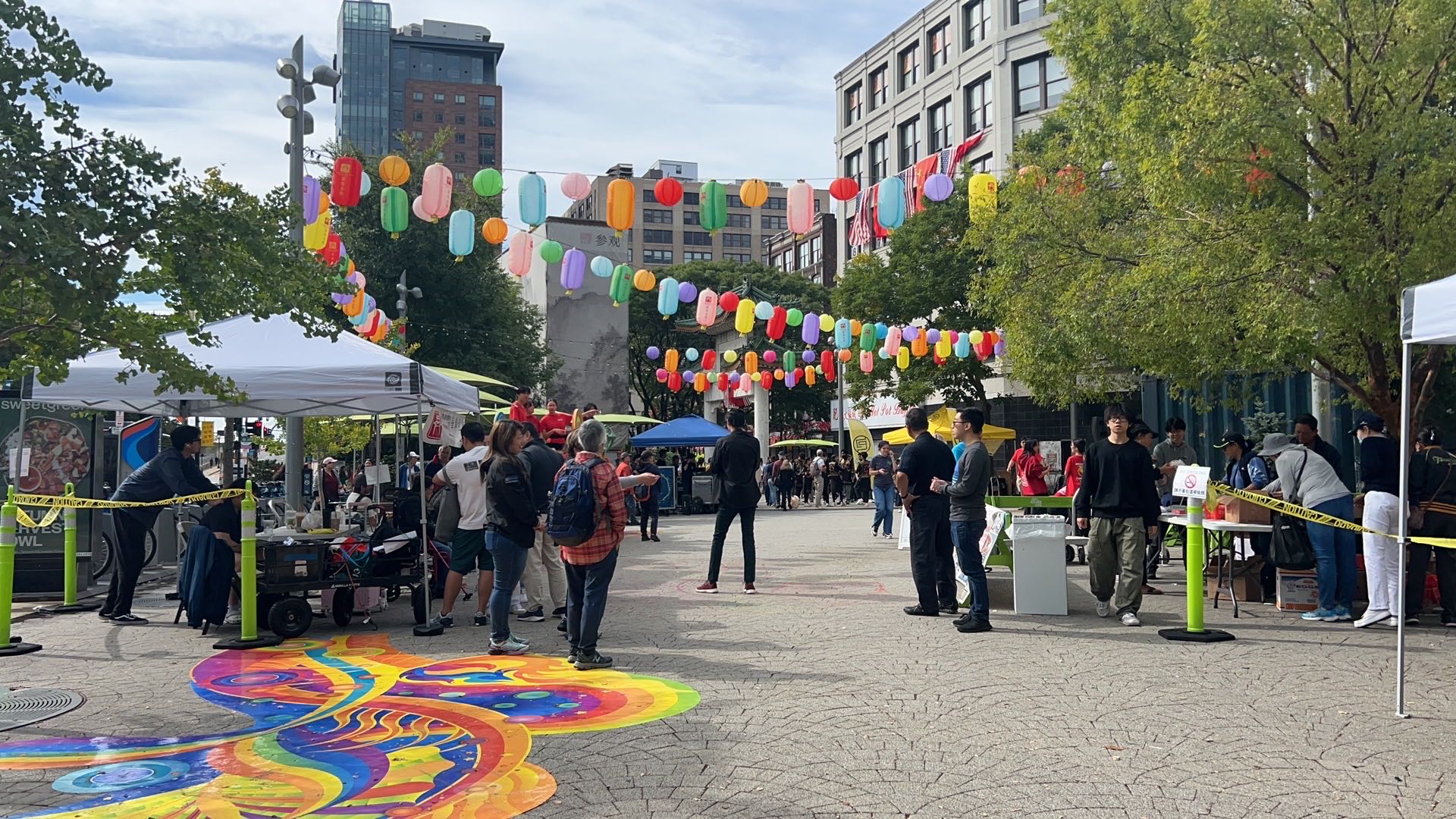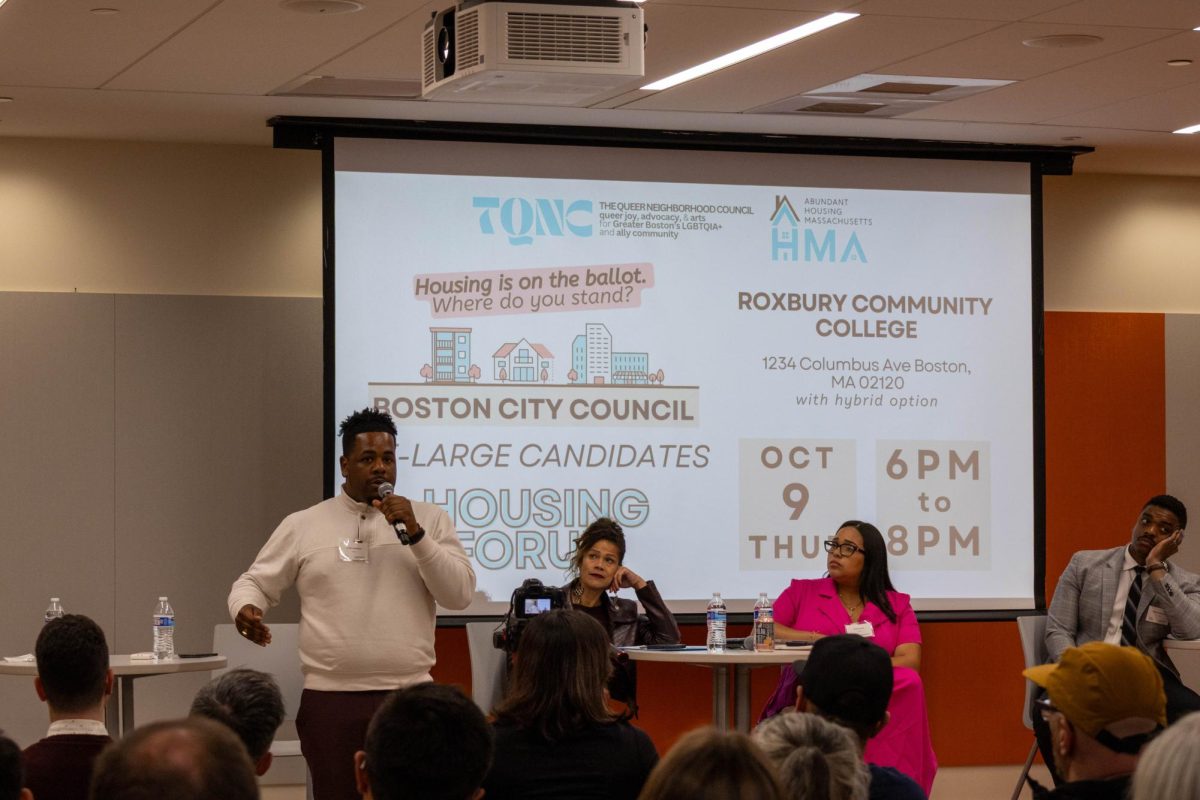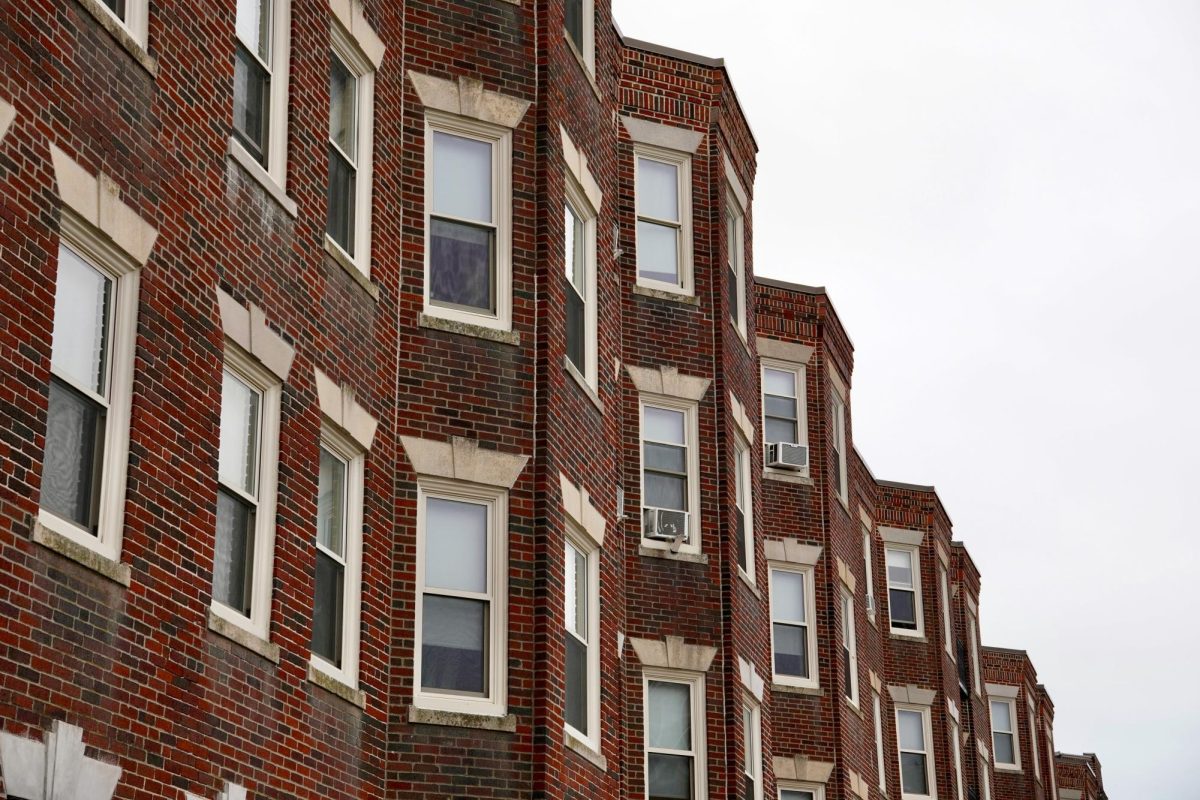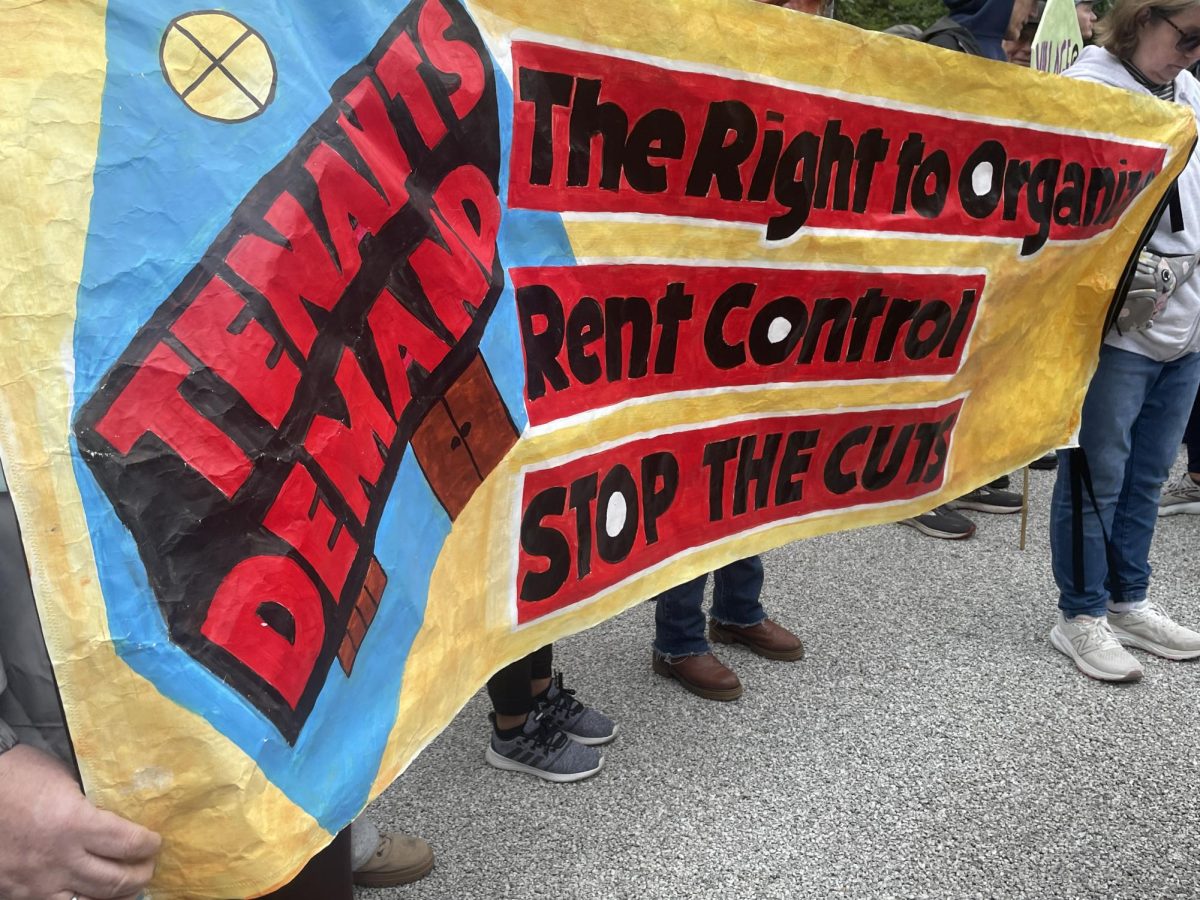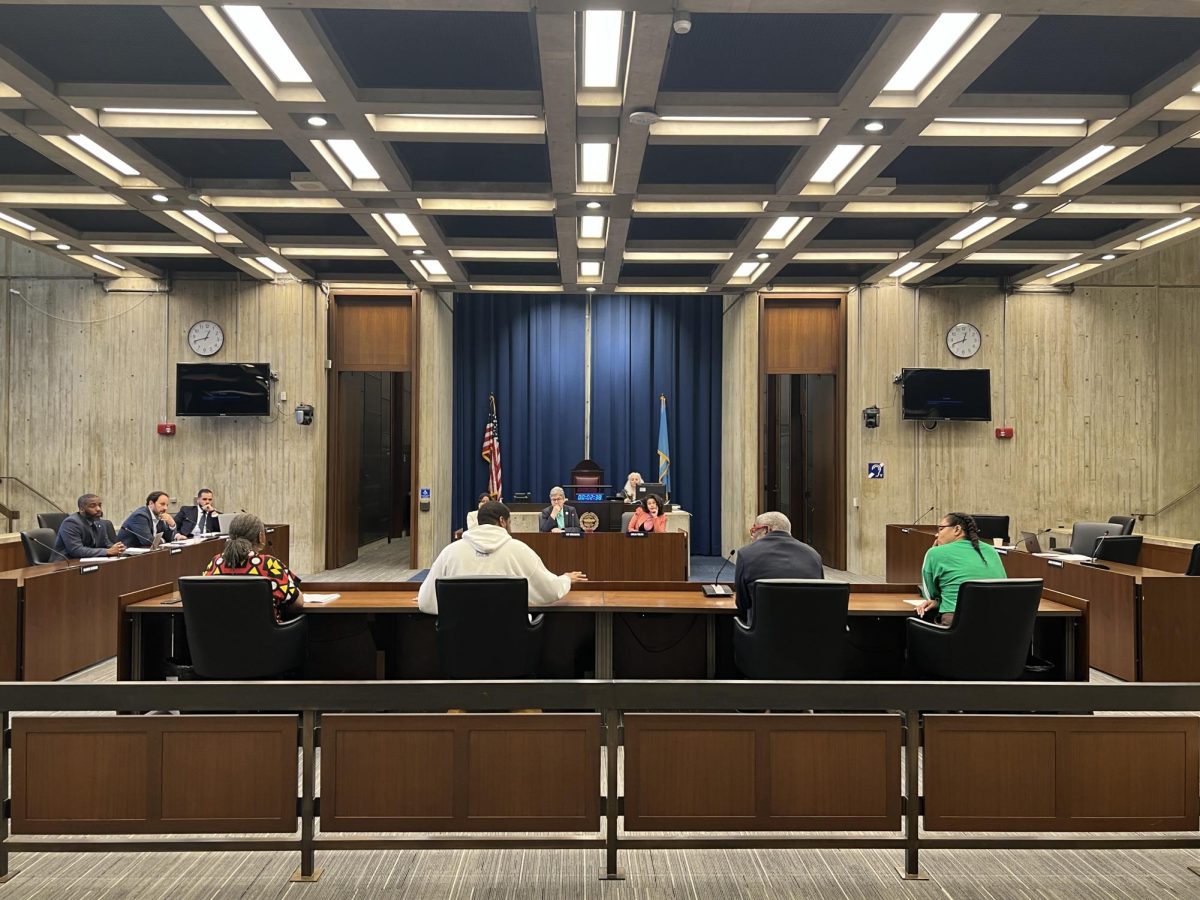Entering Boston’s Chinatown through its iconic green-tiled gate and strolling along historic Hudson Street, you’ll find food markets and restaurants everywhere, trendy hot pot spots, Hong Kong-style clay pot rice and bubble tea. For over a century, Chinatown has been a sanctuary for Chinese immigrants, where food connects home memories with new destinations.
Equally captivating is the rich cultural atmosphere. Chinatown boasts landmarks like the former residence of Lebanese-American poet Kahlil Gibran at 76 Tyler Street and the newly constructed Bao Art Center on Albany Street. However, beneath this cultural richness lies an ongoing struggle to preserve the neighborhood’s identity.
The historical neighborhood, long celebrated as a first foothold for Chinese immigrants and a hub of cultural heritage, is now witnessing a decline in its Asian resident population.

The first stop
“I came here in the 1970s, traveling from Taishan to Hawaii, then to San Francisco, and finally to Boston—it took three days,” said 71-year-old Weiliang Zhu, who lived in Chinatown for two and a half years during the 1970s and worked in dozens of jobs from restaurant worker to medical company clerk. “When Chinese people arrive in the United States, their first stop must be Chinatown,” Zhu added.
However, this sanctuary has faced repeated challenges from urban renewal projects. In the mid-20th century, municipal redevelopment displaced countless residents. Later, hospital and university expansions encroached on Chinatown, with Tufts Medical Center’s predecessors claiming nearly one-third of its land. Luxury high-rise developments in recent decades have further eroded the neighborhood’s urban fabric.
“Properties near the colleges are immediately purchased as soon as they go on the market,” said Edward Chiang, president of the Chinese Economic Development Council, a nonprofit organization focused on developing affordable housing for low-income groups and providing commercial space for micro-enterprise incubators. “We are now working to establish a cultural and historical district to restrict their further expansion.”
Accompanying urban development is skyrocketing rent, a pressing concern for Chinatown residents. According to a report released by MIT’s Displacement Research Action Network (DRAN) and the Chinese Progressive Association (CPA), 80% of Chinatown residents in Boston indicated different levels of housing insecurity, deeply driven by unaffordable rents. Additionally, Chinese-American households in the neighborhood spend nearly half of their monthly income on rent.
Lihua Xu, an employee at Chinatown bakery and cafe, Top Bread, lived in Chinatown when she first came to Boston from China six years ago, but says the rent increased so much that she moved out of Boston and beyond the Orange Line. “Now, my commute to work takes at least an hour and a half, requiring a bus transfer to the Orange line.”
Reports from the Boston Planning and Development Agency show a declining trend in Chinatown’s Asian makeup: only 55% of the neighborhood’s residents were Asian in 2020, compared with over 76% in 2010. On the other hand, with the accessible transportation and access to Asian groceries, more and more Asian residents chose to move into communities like Quincy and Malden.
“My life here is simple—it depends on my income level. I don’t ask for much. I just go to work, come home, and eat,” said Yi Chen, a Chinese medicine store employee who moved to Malden after finding Chinatown rents unaffordable.
Under the wave of gentrification that brought more non-Chinese residents into the neighborhood, Chinatown’s traditional, predominantly low-income population faced further uncertainty.
“If I had the choice, of course I’d want to live in Chinatown—it’s convenient for work,” Chen said. “But the waiting time for an affordable house is over 10 years here.”
Despite these challenges, Chinatown remains a deeply rooted home for many. Elders still gather to play mahjong around the stone tables and round pedestal near the iconic gate. During traditional festivals, Hudson Street lights up with dazzling red lanterns, with the sounds of drums and firecrackers echoing throughout the side streets. People greet each other with “Gong hei fat choy,” which means “Congratulations and may you be prosperous.” These traditions embody the very essence of Chinatown.
“The most sacred thing about Chinatown is that it’s home,” said Courtney Ho, a third-generation Chinatown resident, in testimony in The Chinatown Cultural Plan. “My grandmother and mother grew up here. After the evictions in the 1960s, we were one of the first families to return to Hudson Street. Now I want this to be a permanent home for my son, too.”
Although people have dispersed farther south or north, Chinatown remains a cultural and social hub for the Chinese community.
“I don’t visit Chinatown as often anymore, but I still go once or twice a month to catch up with old friends, chat and stroll around. It’s more like a habit,” Zhu said. “Maybe I wouldn’t be sad if Chinatown disappeared, but I know it won’t.”
Listen to a short podcast featuring Chinatown residents:
Story credits: Writing by Peiyao Hu, video by Weiqi Cao and podcast by Ricole Chen.

